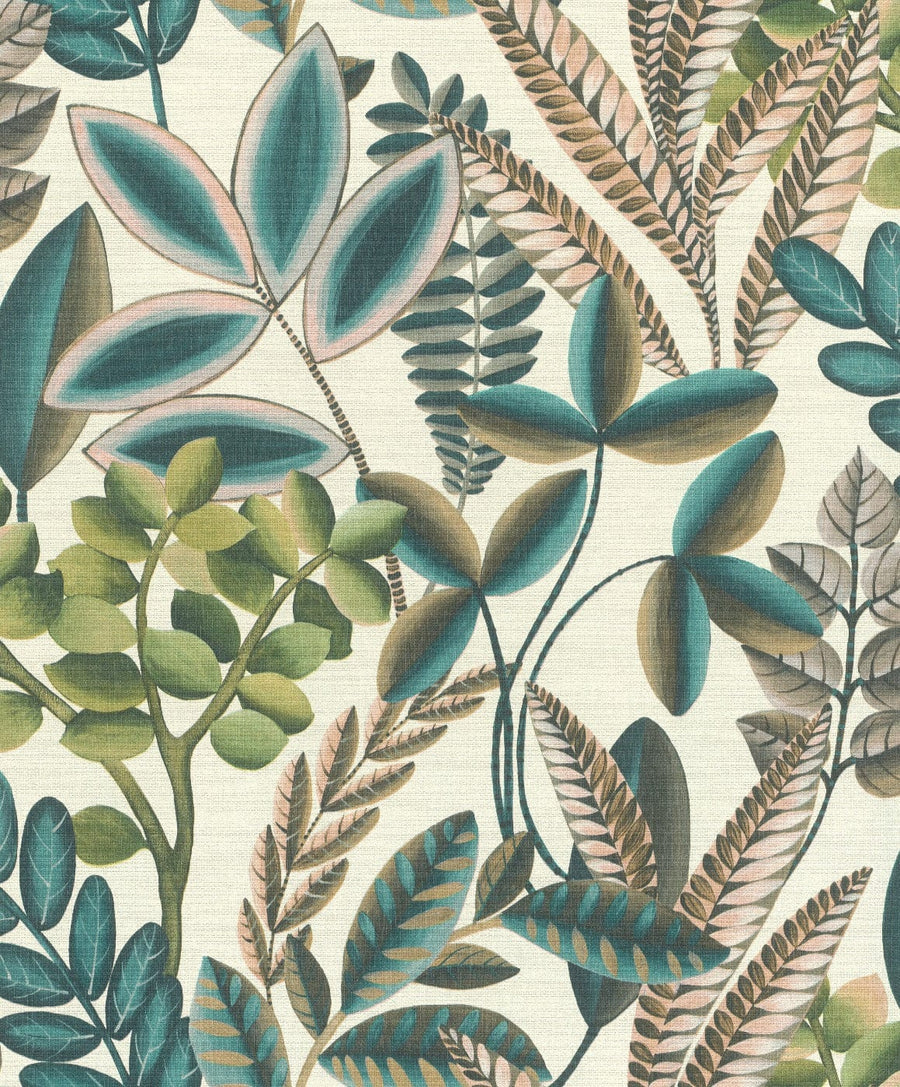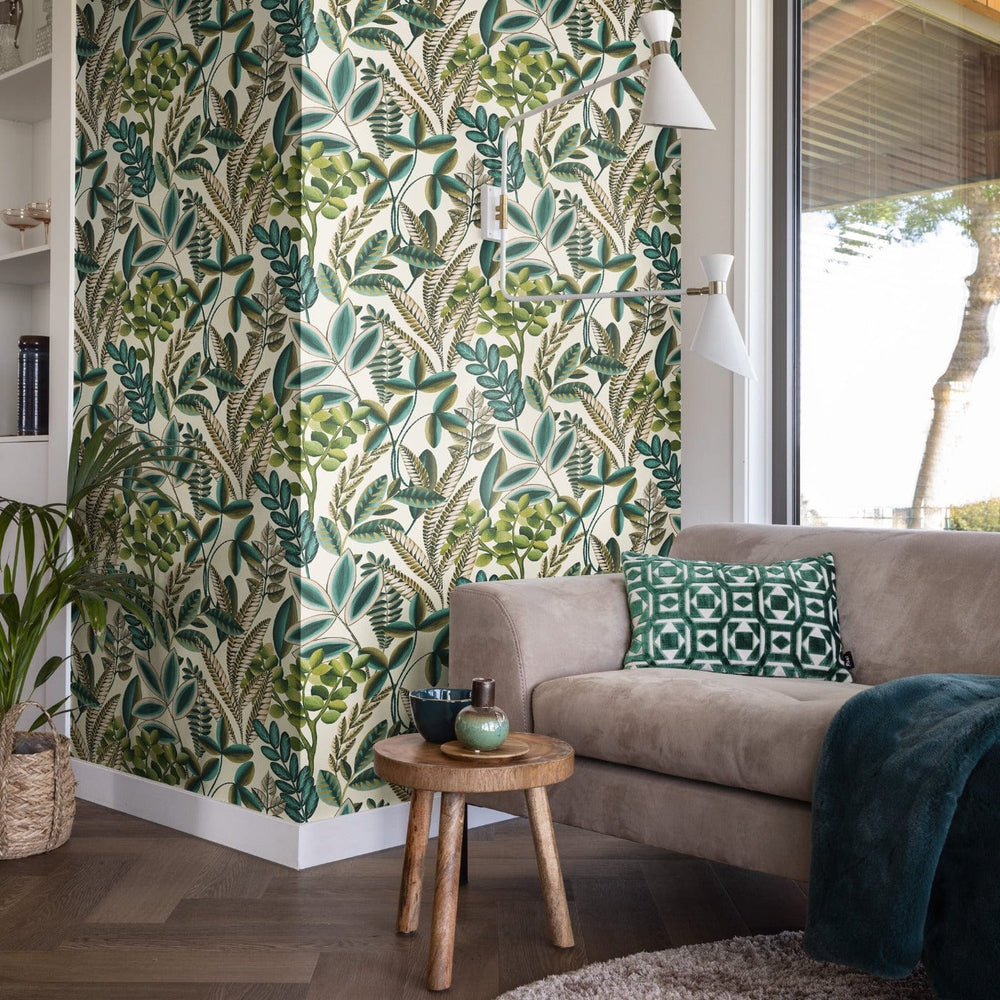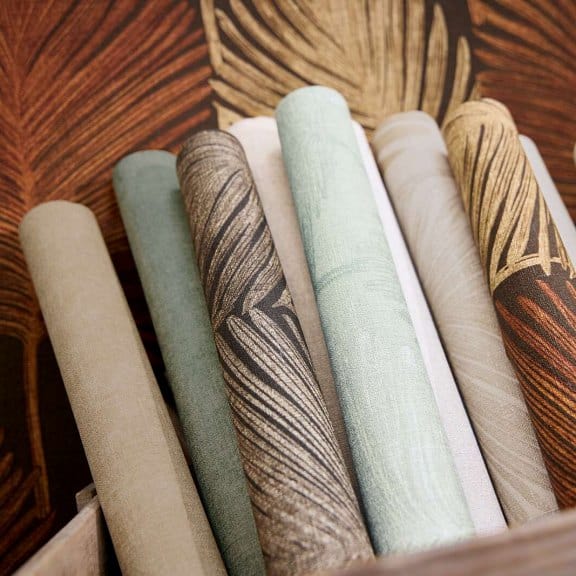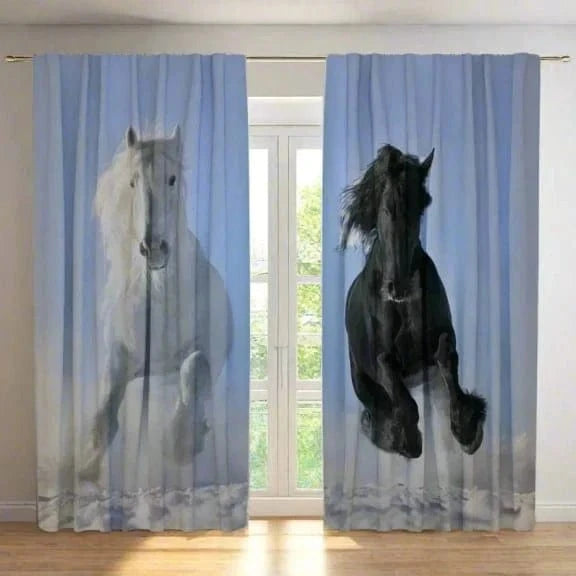Surface analysis
Surface analysis. Surface characteristics and problems with them
How should the surface prepare?
Successful wallpaper sticking to the substrate should be dry, firm, at the same time hygroscopic, clean and flat. When using light wallpapers, it is necessary that the surface is evenly white. Accordingly, the surface of such wallpaper should be smoothed and equal.
Wet surface
Under no circumstances are a wet base suitable for wallpaper bonding or other coating. Very often, mold is formed on wet surfaces, which can damage and damage the building material.
If you try to glue the wallpaper on a wet wall, it will cause the edges to separate the folds, as well as worsening adhesion or grip on the surface directly.
|
How do I know if the surface is wet and what to do? |
|
|
Analysis |
Measures to be taken |
|
|
Durability
During surface detachment (plaster, dispersion color, chalk dust) wallpaper gluing cannot be provided. The joints or even whole bands can be removed from the surface and damaging the overall picture.
|
How do I find out if the surface is unstable and what to do? |
|
|
Analysis |
Measures to be taken |
|
|
Sintered layers
Sleep layers - accumulation of adhesive substances on the surface of the base, which inhibits durable wallpaper gluing and the implementation of other wall coatings.
|
How do you know if there are layers on the surface? |
|
|
Analysis |
Measures to be taken |
|
|
The ability to absorb moisture
The ability to absorb moisture is a crucial factor in ensuring successful wallpaper sticking. If the substrate has too weak absorption capacity or is no longer able to absorb moisture, the particular surface is not suitable for gluing wallpaper, as in this case no adhesion to the substrate will not be provided.
Similarly, problems occur if the surface is characterized by too much moisture. Then there may be various difficulties in the wallpaper gluing process, as the glue is absorbed too quickly in the base and an excessively high surface voltage occurs, which can form slits at the point of contact.
|
How do you know if the surface has an increased/insufficient ability to suck moisture? |
|
|
Analysis |
Measures to be taken |
|
|
Uneven surface
Grubbed and uneven surface shines through glued wallpaper, so after the repair, the wallpaper does not provide sufficient surface effect.
|
How do you know that the surface is not smooth or clean enough? |
|
|
Analysis |
Measures to be taken |
|
|
Alkaline
Alkaline surfaces, such as new plaster or concrete, are not suitable for gluing bronze wallpaper, and metal paint wallpaper. Other wallpapers can also cause fading, which will appear as spots on the wallpaper.
|
How do you know if the surface is alkaline? |
|
|
Analysis |
Measures to be taken |
|
|
Cracked surface
Cracks on walls and ceilings can adversely affect the wallpaper bonding process and the result.
|
What if there are cracks on the surface? |
|
|
The types of cracks |
Measures to be taken |
|
|
Fungal damage
Mold fungus can occur in places where the environment is a favorable environment for the existence of mushroom nutrients and moisture.
|
What if the surface has signs of fungal damage? |
|
|
Reasons |
Measures to be taken |
|
|
Fading
White salt fades on the plaster surface occur, for example, due to increased horizontal insulation moisture, non -lively brick masonry or after damage caused by water exposure.
|
What if faded spots occur on the surface? |
|
|
Reason |
Measures to be taken |
|
|









